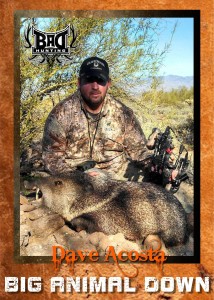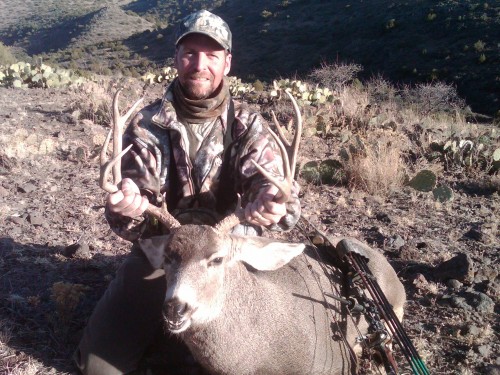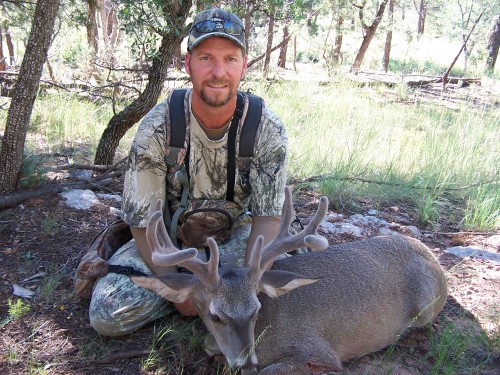Deer Hunting: Finding the Perfect Location
Deer hunting is an art. You need to have a perfect place to hunt a deer,
probably a perfect tree stand. Some tips which help you to hunt a deer
can really be helpful to find a perfect spot for getting a deer down.

Basic Preparation:
For hunting a deer, you need to know that where the deer actually reside.
The preparation for finding a deer location should begin at least three
to four weeks in advance. Catching a deer location before that might not
really help as they might have changed their routes.
However, you can keep a few areas where deer can be found in your mind
and may be re-consider and re-evaluate those areas while actually going
for hunting.
Care should be exercised in making minimal changes to the surroundings
and leaving little, or if possible, no signs of you being there. After
finding the perfect spot, place your tree stand over there. This is done
to get the deer used to seeing that stand at that location.
Choosing multiple sites can be helpful as this might leave little scent
behind.
Checking for the food source:
Awareness in terms of the food that deer eat during the season for
hunting can be helpful. Trees that are producing nuts start dropping the
nuts while the hunting season starts. Therefore once can track the deer
foot-prints by finding out areas where hickory or nuts or acorns are
dropped around. Other food items such as mushrooms, farm crops, herbs,
apples, grass etc are also consumed by deer. Trailing these foods can
help you find a deer location.
Rest Domains:
One should also check for the rejuvenating and sleeping areas of deer.
Generally they sleep in areas where there are thick bushes. Also find the
trails where the deer move for feeding their child. These areas might be
at a distance and off the track. Larger bucks normally go beyond the
normal areas into further deeper brushes.
Their sign might not be seen into some most common trails. These large
bucks follow the common trail only while they go up for feed.
Problems Faced:
• Boring as you have to wait for the deer to appear
• High chances of you dosing off to sleep while waiting for the deer
• Making unnecessary sounds and noises or movement due to uneasiness
Solutions:
• Make yourself comfortable by coming out of the tree stand whenever
you feel uneasy
• Set up heat and motion detectors at the deer trails, using a deer
trail monitoring system. These can alert you whenever the deer is
approaching you
Thus, these tips can help you select a perfect location and have a nice
hunting season with deer.










